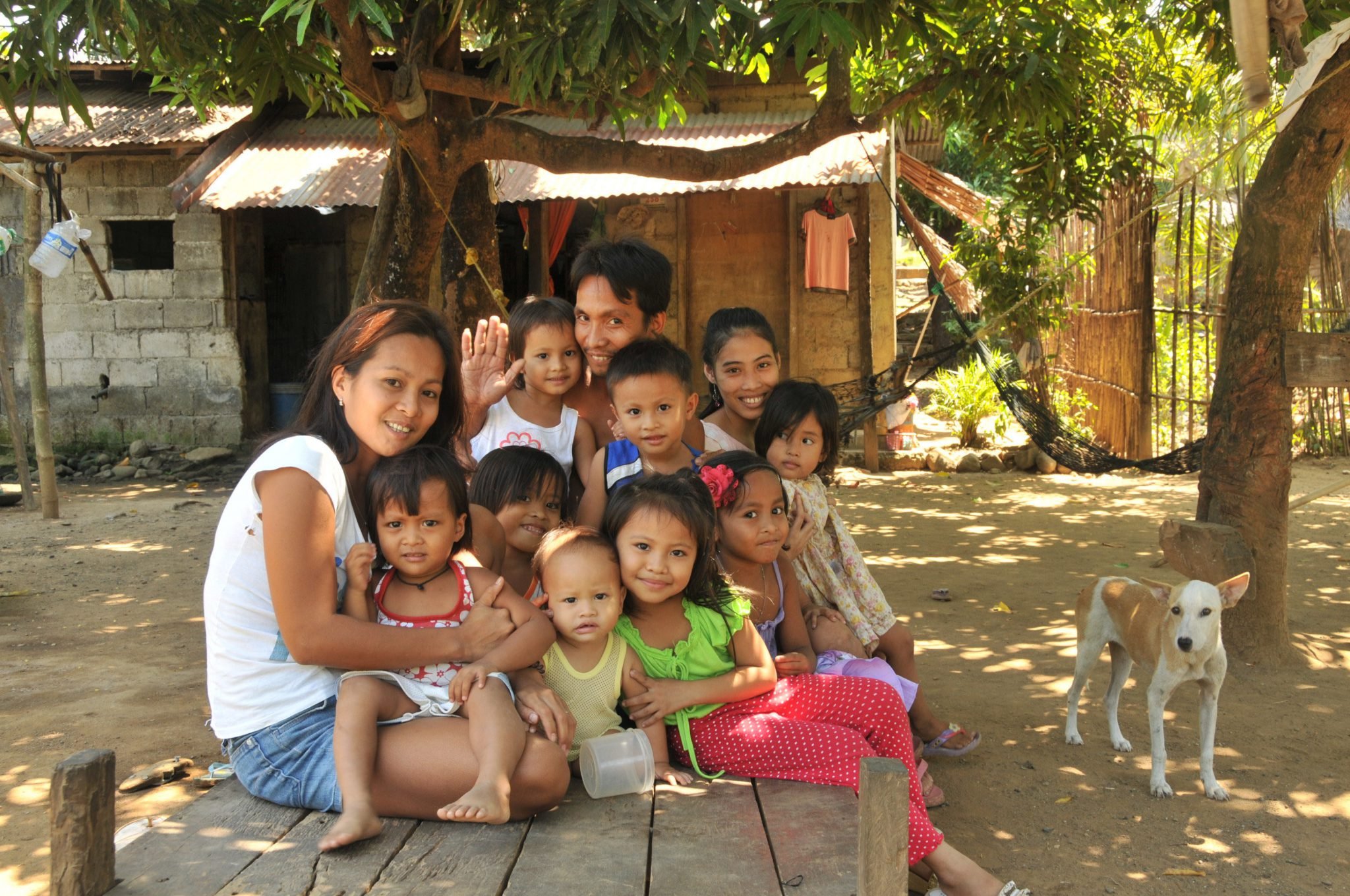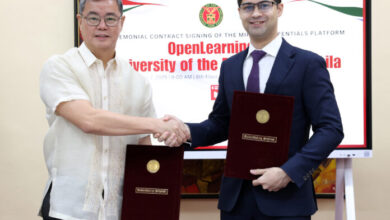
Accessible Newborn Hearing Screening Technologies being developed by PH-US researchers
Better newborn hearing screening technologies are being developed by the efforts of researchers from the University of the Philippines – Manila (UP Manila) and the University of California, Davis (UC Davis), paving the way for early detection of hearing problems for Filipino babies.
The project, Hearing for Life: Increasing the Rates of Newborn Hearing Screening with Novel Technologies and Telehealth (HeLe Project), is set to produce different technologies related to hearing screening, which will allow easy and accessible community-based early screening in Rural Health Units (RHUs).
These projects include e-learning modules for training newborn hearing screeners and users, an electronic medical record module for newborn hearing screening, a tele-referral system, and a newborn hearing screening registry.
The HeLe Project is funded by the Commission on Higher Education (CHED) through the Philippine-California Advanced Research Institutes (PCARI) Project. This is an initiative of the government that aims to advance the research and development capacities of the country by addressing by addressing societal-scale problems on health innovation and translational medicine (HITM) and issues on information infrastructure development (IID).
At least 8 deaf babies are born everyday, or one every three hours, in the Philippines, according to a 2013 study led by Dr. Charlotte Chiong, HeLe Project Head and director of the Newborn Hearing Screening Reference Center (NHSRC) at the UP Manila National Institutes of Health.
Furthermore, statistics show that less than 10% of Filipino babies are screened each year for hearing loss, due to the high cost of screening devices and the limited number of facilities that cater to these tests.
The HeLe Project
Dr. Philip Fullante, lead researcher for the HeLe Project, said that the HeLe screening device, in combination with the telehealth technologies, is seen as a cost-effective model for newborn hearing screening. “This will enable the local government units to deploy the system to its regional health units and even barangay health centers, thus capturing close to 100%, if not all of the live births in the country for newborn hearing screening,” said Fullante.
The HeLe Hearing Screening Device has a user-friendly interface that can be used on tablets or mobile phones. After detecting any hearing impairments that the child might have, the RHU can then assist the family by referring them via a web-based system to confirmatory centers. The RHU can also track the status, informing the families of appointments or test results.
Dr. Fullante explains that the HeLe device can be used anywhere and can be used by screeners that are trained and certified by the Newborn Hearing Reference Center, which is the implementing agency authorized by the Department of Health (DOH) to handle newborn hearing screening.
Field trials a success
The first year of implementation of this project in Bulacan, Romblon, Manila, Bacolod, and Iloilo have yielded successful field trials on the device’s safety and usability.
Dr. Fullante said that while the HeLe device is not yet fully deployed because they are still conducting further development, the telehealth technologies are already being utilized in these pilot sites.
Many Filipinos cannot afford to buy cochlear implants and hearing devices, which are some of the existing technologies available to treat hearing problems. The HeLe project aims to address this by providing early detection, with the aim of helping the family of the child to prepare for future costs in terms of special education and care for the child, as well as saving the child from trauma due to permanent hearing loss.




